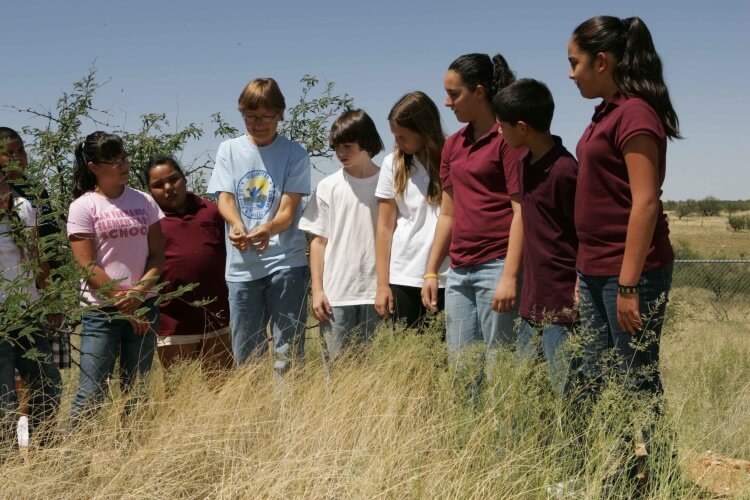“It is vital that when educating our children’s brains we do not neglect to educate their hearts.” ~ Dalai Lama
2016 is shaping up as the summer of much discontent. While it’s typically a time of great joy for teachers and their students — an opportunity to relax, reflect, and recharge — with all the depressing news and tragedies occurring in the world, it’s hard to smile through it all.
As physical educators you might be wondering, “What can I do in the new school year to help my students better understand, cope, and ultimately excel in today’s world?”

Here are a few ideas to get the conversation started:
- Teach Social Skills (TSS): If you are not already doing this in your PE classes and school-wide, this is a GREAT time to begin. I believe a key objective in physical education is to help children and youth “get along” with others in movement environments. Good TSS programs are designed to do exactly that — and much more. They work best when seamlessly integrated, reinforced consistently and in ALL campus environments, and assessed randomly. If you’re not familiar with TSS, a few examples are: Positive Disagreement, Encouragement, and Acceptance of Personal Differences. As a teacher you routinely interactively work with your students to define and dissect the skill, discuss and display it, then apply and assess the results.
Paul’s Pointer: Ensure the time you devote to TSS does not detract from the activity levels of your students. Always strive for 50% or greater MVPA (moderate to vigorous physical activity).
- Focus on the Positive: Today, communication is literally instant. If you and your students are connected to the Internet (just think, Facebook has only been around since 2004, Twitter was created in 2006, and the i-Pad launched in 2010) you hear news while it is happening. There often isn’t time to plan your reaction or create a lesson plan. This is just one reason why it’s important to be pro-active. Think of your classroom environment and ask yourself, “Is it as positive as it could be?” Consider a system without negative points — one where students only earn positive points towards their grade. For example, arriving to class on time = 1 point. Being prepared (e.g., dressed appropriately, tablet in hand, etc.) = 1 point. In other words, students don’t lose points by being tardy, they EARN points for being on time. I did this for 11 years with my physical education students at the University of CA, San Diego, and I know it works!
Paul’s Pointer: The more objective your grading system the better. I evolved to where my job was simply to ensure my students’ points were added correctly. They determined their grades.
- Utilize Your PLN (Personal Learning Network): While the Internet and a variety of communication devices can bring you news immediately, they also provide you opportunities to extend your reach well beyond your own school and colleagues, and tap into the limitless resources available today. You can meet fellow educators and administrators via Facebook, Twitter, Voxer, online professional conferences, and a myriad other ways without leaving your desk. What resources do others use to teach social skills? How do they create positive learning environments? How are they planning for a new school year — in the context of balancing what children need to learn about our world, and how in that process we can help them cope with its uncertainty?
Paul’s Pointer: Your PLN like any relationship, requires nurturing. Don’t always ask and receive — make sure you’re on the giving end as well. The idea is to share best practices and strategies that work, then APPLY them and achieve your professional growth goals.
Stay Tuned: In future essays, I’ll take a deeper dive into all 3 of these suggestions and provide more examples, explanations, and resources.
Paul Rosengard
Follow Paul on Twitter: @paulrosengard
